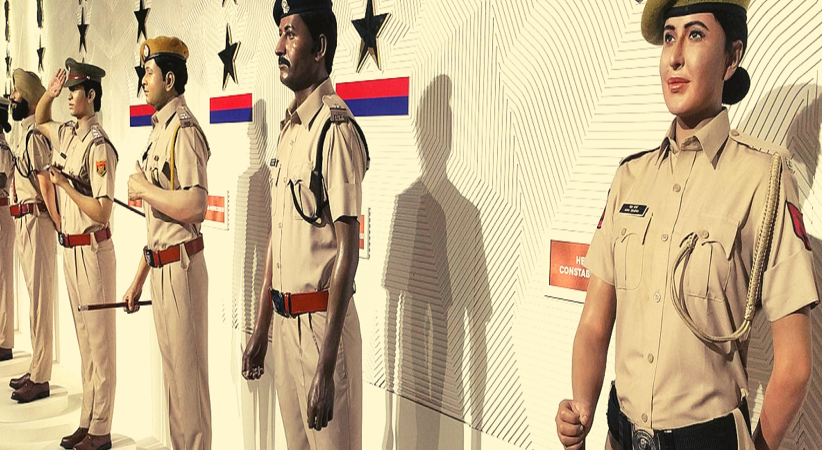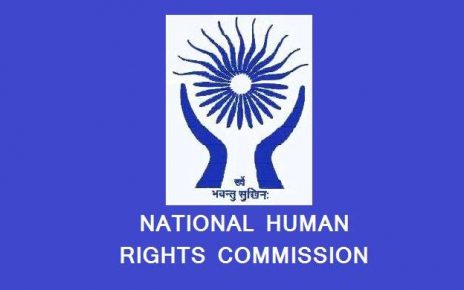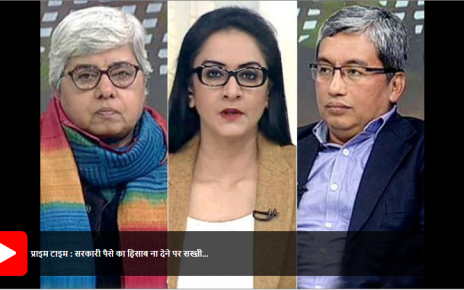Available at Economic and Political Weekly
18 April 2019
Despite police reforms being formulated and implemented, India still has not managed to deal with police brutality adequately.
Custodial deaths are a frequent enough occurrence in India to be a systemic problem, but its pervasiveness has not been recognised when formulating policies. Between 2010 and 2015, there were at least 591 people who were killed in police custody in India. However, in these cases, the perpetrators are rarely brought to justice. It is ironic that those who have been entrusted with upholding the law should be the very ones transgressing it.
In Marxist conceptualisations, the state holds the monopoly of violence. So when violence is perpetrated by the state, it is deemed as legitimate violence. A police personnel is seen as a functionary of the state, and therefore, they are automatically cast on the “right side” of the law, and are therefore revered.
Violence committed by them, outside of prescribed procedure, is often overshadowed by the idea of the inherent “goodness” of the police force. Police brutality in India has become one of the key human rights issues faced by the country today. There is a need to separate this idea from the individuals who actually constitute the police force. It is important that India recognises the need to build a police force of individuals who respect the rights that they are supposed to uphold.
Police brutality in India has had a long history. In this reading list, we revisit some of these instances.
1) Police Brutality against Those in Custody
In the aftermath of the Emergency, the All India Anna Dravida Munnetra Kazhagam government in Tamil Nadu submitted the Justice Ismail Commission Report to Parliament in 1978. The commission studied police brutality inside jails and found that ill-treatment began right from the moment the prisoners were brought in. They were thoroughly searched, abused and thrown in crowded cells with bloodied bandages. They were denied food, water and bedding, and were beaten in custody. The commission had made recommendations to improve these conditions, but decades later, police brutality still persists.
Once the beating started, it became an established practice thereafter to initiate every new entrant to the Maintenance of Internal Security Act order with the lathi; the usual procedure was to start at the jail gate itself after stripping the inmate completely naked and to continue the beating all the way to the cell. The treatment meted out to a 70-year-old freedom fighter, Nellai Jabamani of Congress(O) was heart-rendingly described to the Ismail Commission by witnesses. The commission was forced to comment that such ill-treatment, casually and publicly done, indicates that beating up of people inside jails must be a rather common occurrence.
2) Police Brutality against Students
Instances of the police lathi-charging on protesting students have been a fairly regular affair in India for decades. In 1977, an EPW correspondent described how the police were used to attack protesting Dalit students in Madras, even after the inspector general had promised to weed out the “goonda” elements from the force by means of counselling and education. Using this instance, the report argued that police brutality is at its ugliest when it is used to specifically target disempowered sections of the population, especially because they are the most vulnerable.
That the predominant image of the police department with vulnerable sections of the population has been one of the better organised goonda force was true even before the Emergency. The Emergency only gave a much freer rein to the goonda elements and made possible perpetration of atrocities on a larger scale, only some of which have since then come to light.
3) Police Brutality against Labour Movements
In July 2005, workers of Honda Motorcycle and Scooters India, who were protesting at Gurgaon were surrounded and beaten up by the police after the management of the factory had agreed to meet with the workers. Reporting this incident, Rakhi Sehgal argued that the police have often been used by local politicians to protect corporate interests that are often tied with political interests.
The role of the Haryana police force in suppressing labour activity has a longer history. The erstwhile chief minister Bansi Lal had discovered that the fastest way of attracting investment to his backward state was by promising an investor-friendly environment free from labour unrest. In the 1970s, police would routinely round-up activists and suspected union sympathisers, and either illegally detain them or beat them up. This legacy was carried forward with a vengeance by the former chief minister Om Prakash Chautala.
In another instance, in 1989, the police used force against fisherfolk in Tamil Nadu who were protesting against a Soviet-aided 2,000 megawatt nuclear power plant at Kudankulam. The impunity with which the police attacked the protesting fisherfolk was recorded by K G Kumar.
The police showed no restraint at all. Rather, their provocative actions only exacerbated matters. By promptly arresting and hauling off a couple of marchers, they fanned the flames of anger and retribution. The firing itself—about a dozen rounds were fired—was not preceded by warning announcements. Nor did the police first opt for milder deterrents like tear gas.
4) Police Brutality and Custodial Deaths
In 2013, Rebecca Gonsalvez and Vijay Hiremath wrote about how custodial deaths and encounter cases are rarely prosecuted because the government is reluctant to hold its police officers accountable. The official narrative in cases of custodial deaths, which the police controls, is readily turned to suicide, assault by fellow prisoners or natural causes.
According to the report of the Asian Centre for Human Rights (ACHR), “Torture in India 2011”, the National Human Rights Commission (NHRC) recorded a total of 14,231 deaths in custody in India between 2001 and 2010, which includes about 1,504 deaths in police custody and about 12,727 deaths in judicial custody. The ACHR report observes that these are only the cases reported to the NHRC, and do not include all cases of custodial deaths. The report attributes the deaths in custody to torture, denial of medical facilities and inhuman prison conditions.



